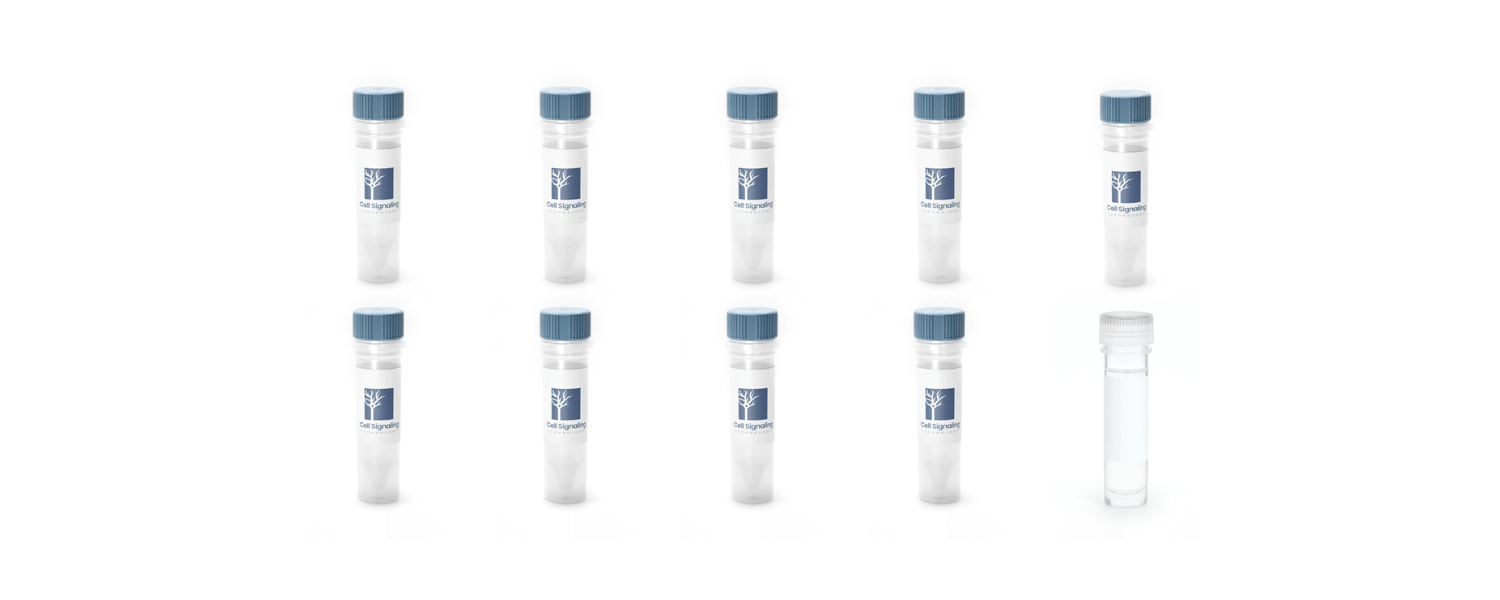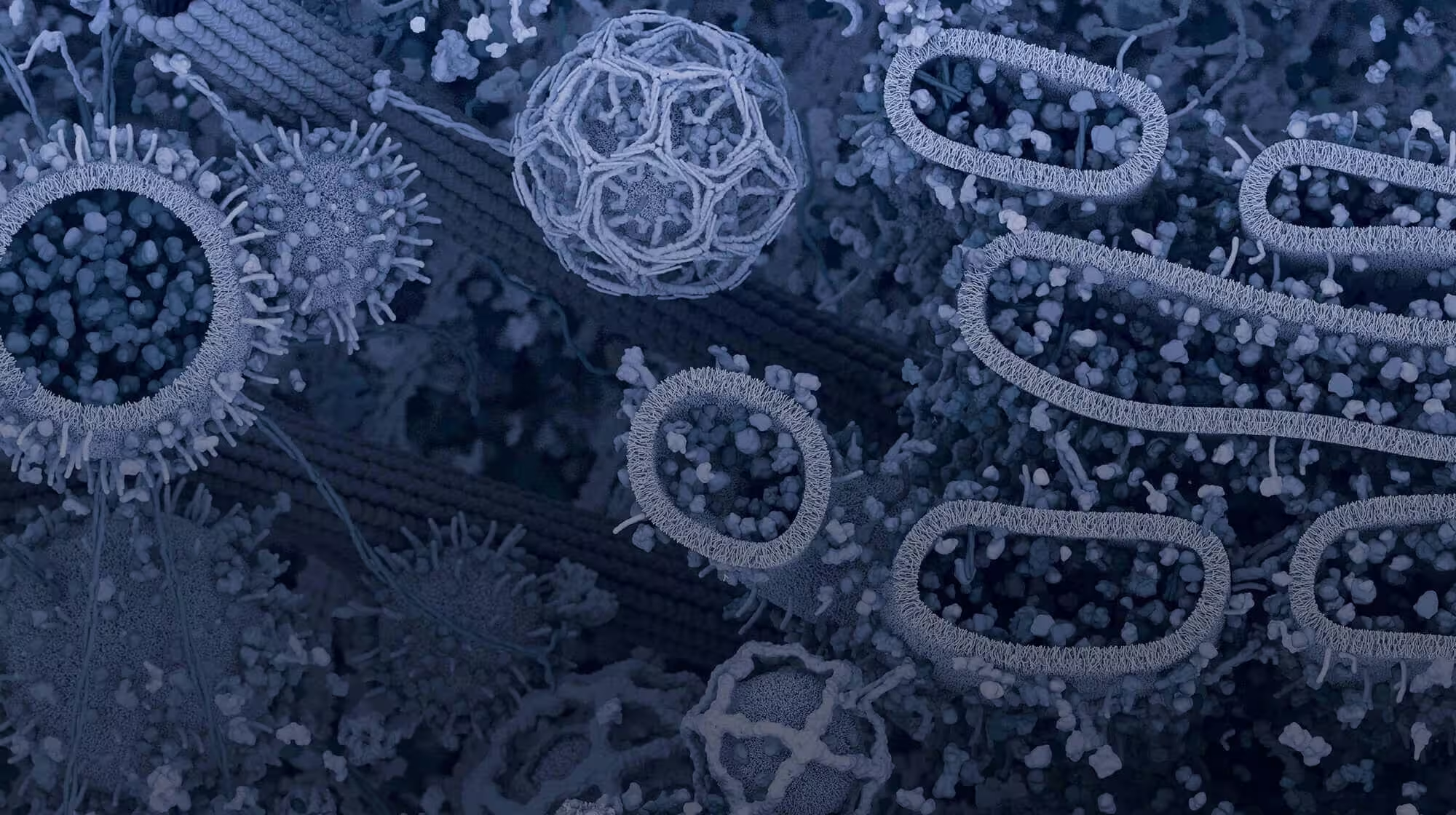In recent years, cancer researchers have started paying closer attention to the extracellular matrix (ECM) and the role it plays in how cancers grow and spread. More and more, there’s interest in developing treatments that focus not just on the cancer cells themselves, but on what's happening in the surrounding environment—especially within the ECM.
The ECM is a network of proteins and other molecules that gives tissues their structure and helps organize cells. But it’s not just a physical framework—it also helps regulate important cellular processes like growth, movement, survival, and differentiation.
Within the tumor microenvironment (TME), the ECM undergoes significant changes. Its remodeling can sometimes create a weakened immune environment that protects cancerous cells against natural immune responses. These changes can also create ideal conditions for tumors to grow and spread, and can make cancer harder to treat by blocking drug delivery and contributing to therapeutic resistance. As our understanding of the ECM grows, it is increasingly seen as a therapeutic target in its own right. Researchers are now looking at ways to target specific parts of the ECM to change its behavior so that it works against the tumor rather than protects it.
|
|
Explore the related CST antibody sampler kit, which contains reagents to many of the markers mentioned in this blog: |
|
Here, we’ll look at some of the key ECM markers being explored as potential targets, including structural proteins that support tumor growth, signaling proteins associated with tumor progression, and ECM-modifying proteins that reshape the TME.
<Jump to the product list at the end of this post>
Structural Proteins: The Foundation of the ECM
Structural proteins form the backbone of the ECM. They help organize tissues and maintain their integrity—but in cancer, these same proteins can support tumor growth and resistance to treatment.
- Collagen makes up around 90% of the ECM.1 While essential in healthy tissue, high collagen levels in tumors are often linked to poor outcomes. It can help cancer cells grow, spread, and resist therapy.2 Key markers for collagen include COL1A1, COL11A1, and COL6A.
/66948_IHC%20analysis%20using%20COL1A1%20monoclonal%20antibody_small.png?width=507&height=316&name=66948_IHC%20analysis%20using%20COL1A1%20monoclonal%20antibody_small.png)
Immunohistochemical (IHC) analysis of paraffin-embedded human non-small cell lung carcinoma using monoclonal antibody COL1A1 (E3E1X) Mouse mAb #66948.
- Laminins are an important constituent of the cellular basement membrane structure.1 They allow cancerous cells to adhere to surfaces, migrate throughout the body, and invade other tissues, playing a key role in the metastasis of cancers.3 Laminins are composed of three different polypeptide chains: alpha (LAMA), beta (LAMB), and gamma (LAMC).
/53884_LAMC2_ECM%20TME%20marker_A-431%20cells.png?width=507&height=252&name=53884_LAMC2_ECM%20TME%20marker_A-431%20cells.png)
IF analysis of A-431 cells, a model human cell line for epidermoid carcinoma, using recombinant monoclonal antibody LAMC2 (E9F7M) Rabbit mAb #53884 (green), DyLight™ 554 Phalloidin #13054 (red), and DAPI #4083 (blue).
- Elastin usually provides flexibility and resilience to tissue. However, when it degrades, it produces elastin-derived peptides (EDPs), which have been shown to promote tumor development.1,4
Tumor-Promoting Proteins: Driving Growth and Spread
Some ECM proteins do more than support structure, they actively encourage tumor progression. This next group of markers is linked to increased invasiveness, metastasis, and treatment resistance.
- Fibronectin has been shown to help cancer cells grow and spread. It is upregulated during epithelial-to-mesenchymal transition (EMT) and is associated with increased levels of tumor invasion and metastasis. Because of this, high levels of fibronectin can be a sign that cancer cells have switched to the mesenchymal state.
/26836_IHC%20analysis%20using%20Fibronectin%20antibody%20in%20breast%20cancer.png?width=490&height=304&name=26836_IHC%20analysis%20using%20Fibronectin%20antibody%20in%20breast%20cancer.png)
IHC analysis of paraffin-embedded human ductal breast carcinoma using recombinant monoclonal antibody Fibronectin/FN1 (E5H6X) Rabbit mAb #26836.
- Tenascin-C promotes cell migration within the TME, and some studies suggest that it is essential for metastasis of tumor cells.5 This component of the tumor stroma is often seen at high levels in highly aggressive cancers.
- Thrombospondin-1 is an ECM protein that regulates cell adhesion, migration, apoptosis, inflammation, vascular function, and cancer development. It may also slow tumor growth by blocking new blood vessel formation (angiogenesis).6
/37879_WB%20analysis%20thrombospodin-1%20antibody.jpeg?width=520&height=350&name=37879_WB%20analysis%20thrombospodin-1%20antibody.jpeg)
Western blot analysis of extracts from various epithelial, epithelial-like, and fibroblast cell lines (ACHN, ScaBER, LN18, mIMCD-3, and MEF) using Thrombospondin-1 (D7E5F) Rabbit mAb #37879.
- Osteopontin (OPN) has been shown to be involved in cell adhesion and migration, once again, leading to metastasis of the tumor. It also plays a role in tumorigenesis, whereby normal cells can be transformed into cancerous cells, allowing the disease to proliferate further.7 It is currently being explored as a potential therapeutic target.8
/88742_IHC%20analysis%20using%20osteopntin%20SPP1%20antibody.jpg?width=501&height=311&name=88742_IHC%20analysis%20using%20osteopntin%20SPP1%20antibody.jpg)
IHC analysis of paraffin-embedded mouse ovary using recombinant monoclonal antibody Osteopontin/SPP1 (E9Z1D) Rabbit mAb #88742.
ECM-Modifying Proteins: Reshaping the Tumor Microenvironment
This final group of proteins, ECM-modifying proteins, is able to make changes to the ECM that can contribute to the spread of cancerous cells.
- Hyaluronan is a glycosaminoglycan (GAG) in the ECM that affects tumor cell proliferation, apoptosis, angiogenesis, and metastasis. It forms a barrier to the TME, hindering drug delivery to the tumor site.9
/53721_IHC%20analysis%20hyaluronan%20staining%20kit.jpg?width=500&height=336&name=53721_IHC%20analysis%20hyaluronan%20staining%20kit.jpg)
IHC analysis of paraffin-embedded human colon adenocarcinoma using Hyaluronan Complete Tissue Staining Kit (Alexa Fluor® 488) #53721 (green) and DAPI #4083 (blue).
- Lysyl oxidase (LOX) is an enzyme involved in the formation of crosslinks between collagen and elastin. It promotes tumor growth by strengthening the ECM.
- Matrix metalloproteinases (MMPs), specifically MMP-2, MMP-9, MMP-1, and MMP-14 (also referred to as MT1-MMP), are enzymes that break down ECM components, making it easier for cancer cells to spread.
/13667_WB%20analysis%20of%20MMP9%20antibody.jpeg?width=520&height=350&name=13667_WB%20analysis%20of%20MMP9%20antibody.jpeg)
WB analysis of extracts and concentrated culture medium from U-2 OS cells, untreated (-) or treated with TPA #4174 (200 nM, 48 hr; +) using recombinant monoclonal antibody MMP-9 (D6O3H) XP® Rabbit mAb #13667. MMP-9 is induced by TPA treatment as expected.
- Versican is a chondroitin sulfate proteoglycan (CSPG) that interacts with ECM components to promote cancer cell proliferation, survival, angiogenesis, invasion, and metastasis.
- Periostin is a matricellular protein involved in ECM remodeling in response to injury, which can lead to cell proliferation, survival, and adhesion, and ultimately, metastasis of cancerous cells.
Why the Extracellular Matrix Matters in Cancer Research
As this field continues to grow, these markers could play a critical role in shaping the next generation of cancer care.
By developing a deeper understanding of the unique properties of each of these proteins and their impact on the role of the ECM in cancer development, researchers hope to uncover novel treatment strategies.
Select References
- Huang J, Zhang L, Wan D, et al. Extracellular matrix and its therapeutic potential for cancer treatment. Signal Transduct Target Ther. 2021;6(1):153. Published 2021 Apr 23. doi:10.1038/s41392-021-00544-0
- Fang M, Yuan J, Peng C, Li Y. Collagen as a double-edged sword in tumor progression. Tumour Biol. 2014;35(4):2871-2882. doi:10.1007/s13277-013-1511-7
- Aleman JD, Young CD, Karam SD, Wang XJ. Revisiting laminin and extracellular matrix remodeling in metastatic squamous cell carcinoma: What have we learned after more than four decades of research?. Mol Carcinog. 2023;62(1):5-23. doi:10.1002/mc.23417
-
Wang Y, Song EC, Resnick MB. Elastin in the Tumor Microenvironment. Adv Exp Med Biol. 2020;1272:1-16. doi:10.1007/978-3-030-48457-6_1
- Sun Z, Schwenzer A, Rupp T, et al. Tenascin-C Promotes Tumor Cell Migration and Metastasis through Integrin α9β1-Mediated YAP Inhibition. Cancer Res. 2018;78(4):950-961. doi:10.1158/0008-5472.CAN-17-1597
- Ming-Ping Wu, Li-Wha Wu, Cheng-Yang Chou (2016) The anticancer potential of thrombospondin-1 by inhibiting angiogenesis and stroma reaction during cervical carcinogenesis, Gynecology and Minimally Invasive Therapy, Volume 5: 2, 48-53
- Zhao H, Chen Q, Alam A, et al. The role of osteopontin in the progression of solid organ tumor. Cell Death Dis. 2018;9(3):356. Published 2018 Mar 2. doi:10.1038/s41419-018-0391-6
- Bandopadhyay M, Bulbule A, Butti R, et al. Osteopontin as a therapeutic target for cancer. Expert Opin Ther Targets. 2014;18(8):883-895. doi:10.1517/14728222.2014.925447
- Zhao J, Chen J, Li C, Xiang H, Miao X. Hyaluronidase overcomes the extracellular matrix barrier to enhance local drug delivery. Eur J Pharm Biopharm. 2024;203:114474. doi:10.1016/j.ejpb.2024.114474

/26836_IHC%20analysis%20using%20Fibronectin%20antibody_thumbnail.jpeg?width=117&height=153&name=26836_IHC%20analysis%20using%20Fibronectin%20antibody_thumbnail.jpeg)


/42157_chimeric%20antibody%20blog%20featured3.webp)


